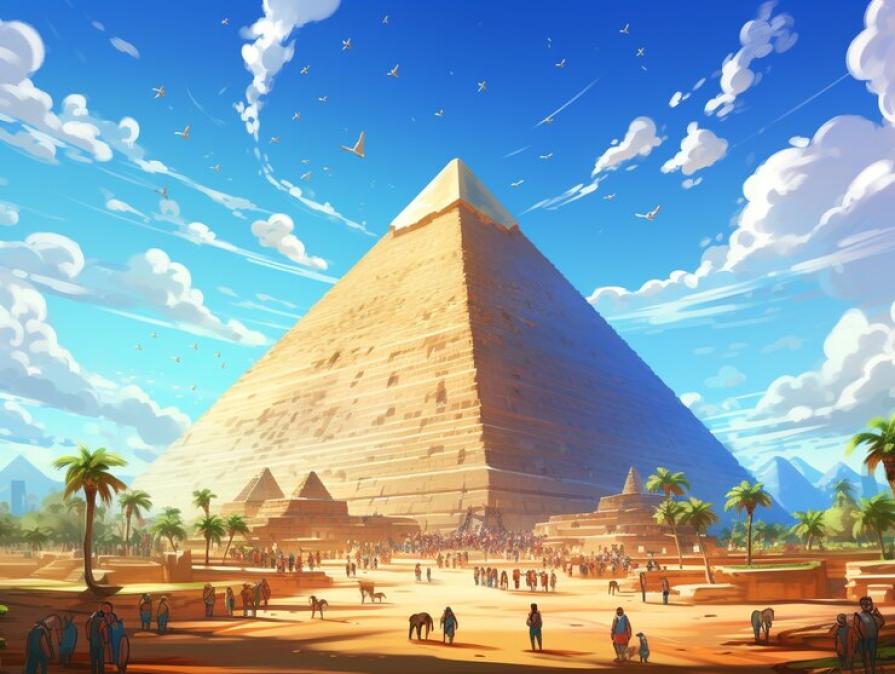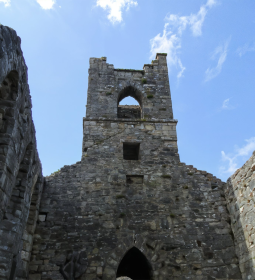For several centuries, the world has been fascinated by how Ancient Egypt lived and developed. The ancient Egyptian civilization is one of the oldest on Earth, so the interest in it is huge. Even the rulers of Greece often associated themselves with the Egyptian pharaohs and ordered to depict themselves in the images of North African rulers, and the Romans exported ancient obelisks and relics from Egypt, decorating their cities.
When Napoleon Bonaparte invaded Egypt in 1798 and discovered it for Europe, a real Egyptomania began - wealthy Europeans bought real mummies from Egypt, went there on trips, studied the history of one of the oldest states in the world. Kings and rich people equipped archaeological expeditions so that scientists were engaged in the study of the history of the country and solved numerous riddles. Many of these mysteries remain unanswered to this day, despite advanced technology and advanced science.
The main mysteries, which have not yet been solved, relate to one of the wonders of the world - the pyramids in Giza. Complex and professional archaeological work has been carried out there for almost a century and a half - researchers cleaned the pyramid complexes from sand, inspected the interior. However, the most exciting questions have not yet found their answer, and scientists from all over the world are working to unravel the mysteries of the pyramids, putting forward various theories and versions on this topic.
How these pyramids were built

The largest pyramid of all preserved today is the tomb of pharaoh Cheops. It was built from 2.5 million huge stone blocks, the weight of each of which is 2.5-16 tons. Many of the blocks and slabs used in the construction of the inner parts of the pyramid were produced in the city of Aswan , a place that is located at a distance of 804 kilometers from the construction site. It is not clear how the huge stones traveled such a distance, especially given the fact that the construction took place 4.5 thousand years ago.
There are many theories about how the Egyptians managed to build such huge pyramids without modern technology. None of them have enough evidence to become officially confirmed. The most common version says that ancient Egyptian people used huge sleighs and wet sand, on which they dragged stone blocks weighing several thousand kilograms. This theory is supported by an image left in the tomb of Jehutihotep, which depicts men dragging a giant statue on a sleigh. In front of them is another man who spills water in front of a sleigh. A similar technique could be used in the transportation of blocks for pyramids.
When the stones were dragged to the construction site, they began to be somehow raised. Archaeologists who conducted excavations in the region found a ramp that was created during the construction of the pyramid. It is assumed that the stone blocks were carried up a smooth slope that stood on the side of the pyramid. According to this version, a documentary film was made, but some scientists still treat it with skepticism.
Why the Egyptians stopped creating Pharaonic pyramids
The youngest pyramid that has survived to this day was built presumably in 1500 BC. After all the kings of Ancient Egypt were buried in a place called the Valley of the Kings. It is located near the city of Thebes - the new capital of Ancient Egypt. Thebes is now renamed Luxor. Scientists put forward several theories why the Egyptians stopped building pyramids for the pharaohs and began to bury them underground.

One of the established versions is explained by the changes in the religion of Egypt that took place at that time. The then worshippers began to declare the importance of building underground tombs in the rock. The reason for this was the transfer of the capital of the country from Memphis to Thebes - an area where there was not so much free land for creating pyramids, as on the outskirts of the city's past. The free space was rocky, so it was impossible to drag huge blocks there. In addition, the sacred tombs in the pyramids were constantly subjected to the ruin of looters. Moving the tombs underground would solve the problem of the complexity of creation, as well as save the coffins of kings from criminal hands.
Later, they began to consider another, younger theory. The author of it was the engineer Peter James - a man who studied the pyramid of Sneferu (or the Broken Pyramid), which was built around 2600 BC. While studying the structure, Peter noticed that the limestone used in the creation of the pyramid was deformed and shifted the stone blocks to the edge of the pyramid, causing them to crumble and break. The non-standard shape of this building allowed it to survive to this day, since it provided for the displacement of stone blocks without their destruction.
Many pyramids, which were built by the Egyptians for a lot of money, quickly deformed and collapsed. This could also be the reason why the pharaohs abandoned the idea of erecting such massive and expensive monuments in their honor.
What is in the cavities of the pyramids
Just a few years ago, scientists were able to establish that in all egyptian pyramids there are voids and rooms. They managed to find these rooms thanks to a new technology that is much more effective than X-rays.
In the northern part of the pyramid of Cheops, a small cavity was found, the length of which is 4.5 meters. It has a slope, and scientists think that the cavity acts as a corridor. Above the Great Gallery, a lacuna was discovered, the length of which exceeds as much as 30 meters: researchers believe that this room provides access to the burial rooms in the central part of the pyramid. However, this is only an assumption, and this camera could perform any function. Someone believes that there was either a secret room with the riches of the deceased king, or a second Great Gallery, or an unused burial chamber.














